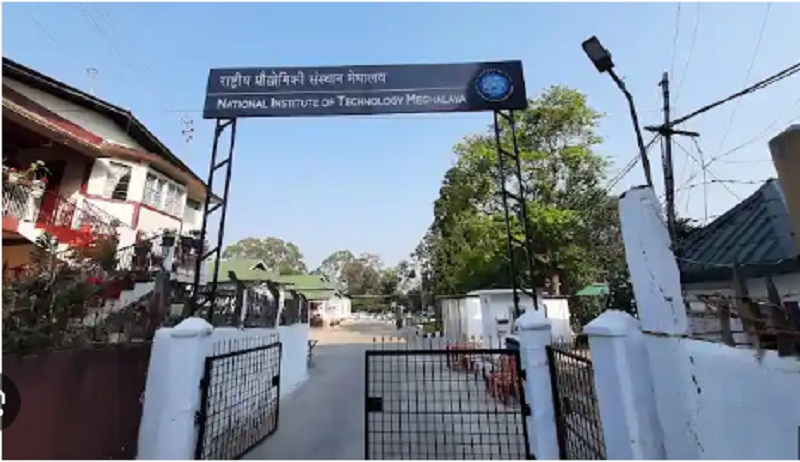Shillong: Scientists from the National Institute of Technology (NIT) Meghalaya and the North Eastern Space Applications Centre (NESAC) have launched a joint research initiative to develop innovative techniques aimed at enhancing 5G and 6G connectivity in Sohra, the wettest place on Earth.
After shifting to their permanent campus here earlier this year, researchers found themselves “fascinated and occasionally frustrated” by the sheer size of each raindrop that falls over Sohra in the state East Khasi Hills district.
“The scale and intensity of rainfall here are unmatched anywhere in the world. It disrupts communication signals and poses serious challenges to existing network models,” said one of the scientists involved in the project.
Dr Anup Dandapat, Dean (Academic Affairs) at NIT Meghalaya, said the research aims to turn Sohra’s weather extremes into an advantage.
“Instead of seeing heavy rainfall as a barrier, we want to use it as a natural laboratory,” he added.
“By studying how individual raindrops interact with high-frequency signals, we can develop networks that are more adaptive and resilient — not only for Meghalaya but also for other regions prone to heavy rainfall,” he said.
The unusually large droplets, coupled with the high frequency of rain, have prompted scientists to launch a detailed study on how precipitation affects signal transmission and how to adapt future networks to extreme weather conditions.
The study is expected to help develop rain-resilient communication systems, particularly vital for remote and hilly regions that face frequent connectivity disruptions during the monsoon.
Nestled amid mist-covered hills and cascading waterfalls, Sohra—formerly known as Cherrapunji—continues to captivate and inspire poets and scientists alike.
In a separate achievement, NIT Meghalaya researchers have also successfully designed and fabricated the state’s first integrated chip (IC), under the Special Manpower Development Program (SMDP) of the Ministry of Electronics and Information Technology (MeitY).
Developed to deliver precise control in irrigation systems and tensiometers, the chip holds significant potential for advancing India’s agricultural technology sector.
It was presented to Prime Minister Narendra Modi during the SEMICON India 2025 summit, underscoring the growing contribution of academic research to the nation’s technological self-reliance.
ALSO READ: KHADC rejects Centre’s move to scrap public hearings for uranium mining projects
The NIT team is working on a second chip. It has also been submitted for fabrication, which will aid in agricultural development by comparing various environmental factors to obtain accurate measurements for monitoring plant growth, the official said.















